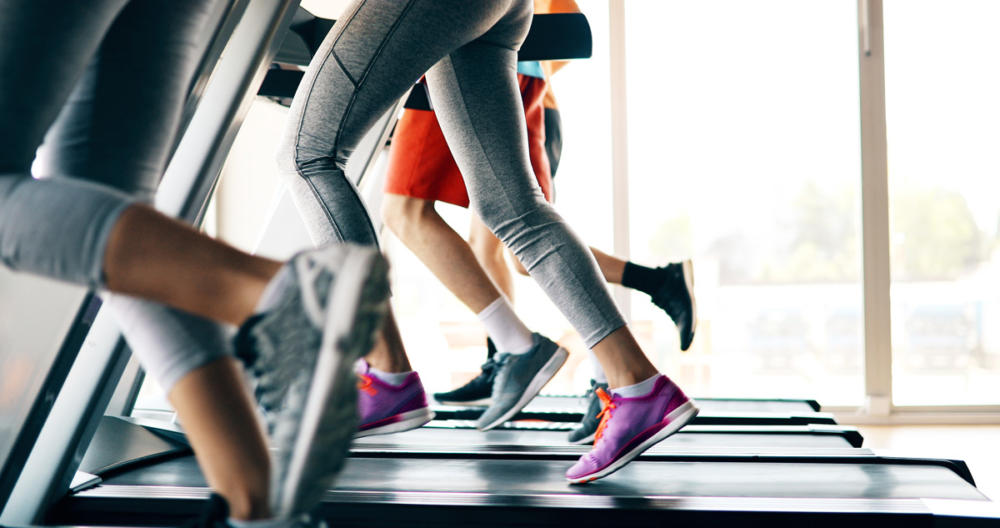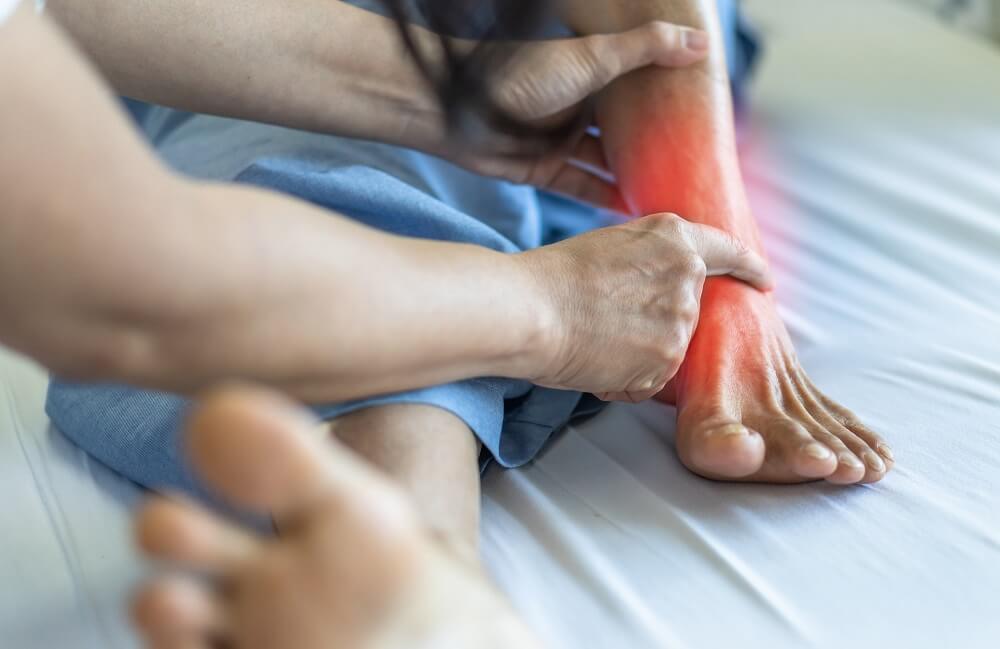by Susan Williams
PT, DPT | Metro Center Location
You finally get back into your running and workout routine when suddenly you experience pain extending from your calf to your heel, your Achilles tendon. Your doctor gives you a few options: get an injection and/or try physical therapy. So what should you do?
Who Does Achilles Tendinopathy Affect the Most?

Achilles tendinopathy, which includes tendinosis and tendinitis, is a type of overuse injury. It is characterized by damage to the tendon, which leads to pain, swelling, and decreased performance. It is common in runners and athletes who suddenly increase their duration, intensity, or training frequency. It is also common in less active and older individuals who start a new workout or walking routine.
Healing an Achilles tendon insure can be tricky. When your tendon (the connection from muscle to bone) is strained or stretched repeatedly, its ability to handle pressure and transmit the forces that allow you to move decreases, causing the process to become less efficient. The tendon becomes fatigued, and the ability of its cells to repair the damage is overwhelmed by repetitive microtrauma, which is the term for small injuries that occur, often due to the weakened state of the tendon. Most injuries of the Achilles occur in its mid-portion. This area naturally has the least blood supply, decreasing the tissue’s ability to heal.
Your doctor may recommend a corticosteroid injection. These can be very beneficial in the short term to decrease pain. However, they significantly weaken the tendon for up to 14 days and can disrupt natural healing by leading to collagen breakdown. The injection does not address the root cause of the problem, and it tends to make the tendon weaker than it already is. It can also be dangerous because the pain is masked, and you feel better, so you may start being active again, further damaging the tendon.
So what can you do?
- Avoid icing before the activity.
- Be careful of the number of NSAIDs (such as Ibuprofen and Tylenol) you take. These are anti-inflammatory drugs, and your tendinopathy is often not inflammatory. They might mask the pain but could lead to further damage.
- Be patient! The limited blood supply, low metabolic rate, and few reparative cells in the area lead to a longer recovery. Most patients report significant pain reduction after 6 weeks of PT. However, it often takes 4-6 months for full recovery and reversal of the breakdown that has occurred.
- Seek help from your physical therapist!
What will your physical therapist do?
- Analyze the position of your foot.
- You may have a flattened arch in your foot when you are standing because of a joint moving too much. Tight calves can also increase the stress on Achilles. These issues can be remedied with shoe inserts, heel lifts, stretching, and strengthening exercises to improve your alignment.
- Check your hips and knees.
- These areas may also be affected if you’ve changed your walking because of pain, or they may be tight and cause problems at your heel.
- Analyze and correct your gait pattern during running or walking.
- For example, running with a forefoot strike pattern can lead to Achilles tendinopathy when your toes are hitting the ground before your heels.
- Perform manual therapy techniques.
- This can include joint mobilizations to free up any joints that are stiff and cross-friction massages to break up adhesions and promote blood flow to the area.
- Strengthen the area with eccentric exercises.
- These exercises help improve function and decrease pain. PTs also want to address other areas of weakness, such as your glutes.
Please tell your therapist if you received a corticosteroid injection and are also doing PT. The strenuous activity of the associated muscle should be avoided for 2 weeks due to the high risk of tendon damage.
If you’re seeking physical therapy, contact your local Foothills Sports Medicine clinic and schedule an appointment today!





